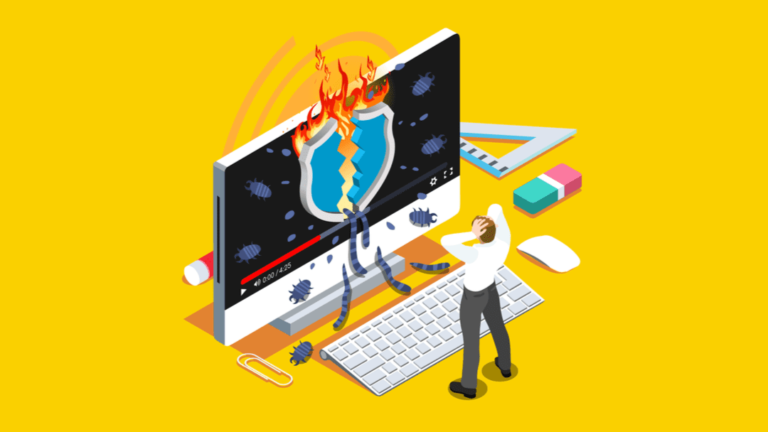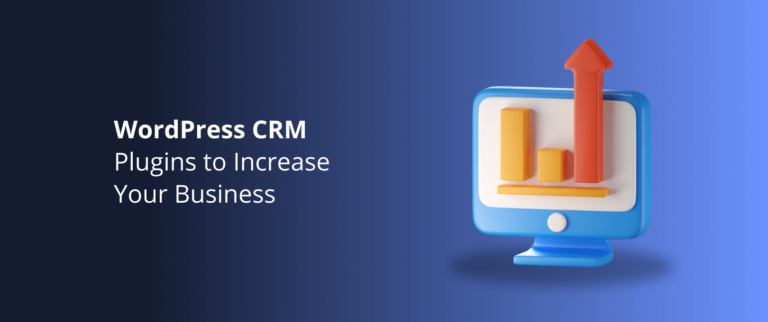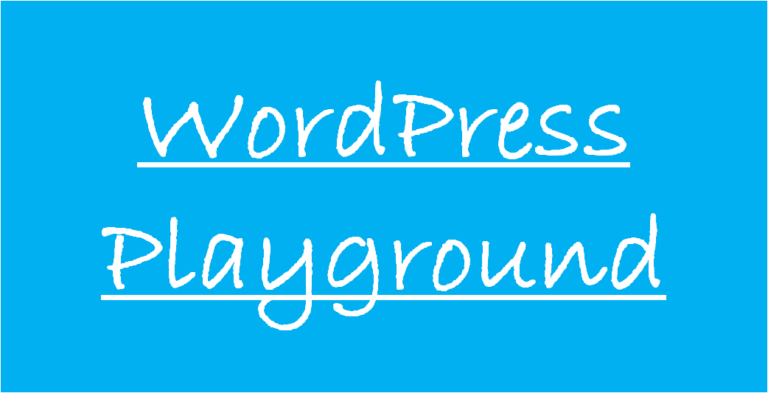A Closer Look at How WordPress Organizes and Structures Its Files
WordPress, a widely popular content management system (CMS), powers millions of websites around the world. Behind the scenes, WordPress employs a well-structured file organization system that plays a crucial role in its functionality and customization capabilities. Understanding how WordPress organizes and structures its files can help developers, designers, and even casual users harness its power effectively. In this blog post, we’ll delve into the key components of WordPress file organization and explore their significance.
- Core Files: At the heart of every WordPress installation lies the core files. These files form the foundation of WordPress and include essential components such as the main WordPress application, themes, plugins, and the database management system. The core files reside in the root directory of the WordPress installation.
- wp-admin: The wp-admin directory houses the administrative backend of WordPress. It contains files responsible for managing the entire CMS, including user management, content creation, plugin management, and settings configuration. The files within wp-admin control the functionality and behavior of the WordPress admin dashboard.
- wp-includes: The wp-includes directory contains fundamental WordPress files that are required for the system to function correctly. These files include libraries, classes, and functions utilized by both the front-end and back-end of the WordPress website. The wp-includes directory is vital for executing core functionalities such as database management, template loading, and security mechanisms.
- wp-content: The wp-content directory is where the majority of customization and user-generated content reside. It is the most crucial directory for developers and designers. Inside wp-content, you will find subdirectories for themes, plugins, uploads, and other user-specific files.
- Themes: The themes directory contains all the installed WordPress themes. Each theme has its own subdirectory, typically named after the theme itself. These subdirectories contain the necessary files for displaying the visual appearance and layout of a WordPress website.
- Plugins: The plugins directory stores all installed plugins. Each plugin resides within its own subdirectory, with files necessary for extending WordPress functionality. Plugins can add new features, modify existing ones, or integrate with third-party services.
- Uploads: The uploads directory serves as a repository for all user-generated content, such as images, videos, and documents. When users upload files through the WordPress media library or as attachments to posts and pages, they are stored in the uploads directory, organized by year and month.
- wp-config.php: The wp-config.php file is a crucial component of the WordPress file structure. It contains configuration settings specific to the website, such as database connection details, authentication keys, and various constants that define WordPress behavior. This file is created during the installation process and resides in the root directory.
- Additional Files and Directories: Apart from the core WordPress files, there are other important files and directories that contribute to the overall structure of a WordPress installation. Some notable examples include:
- .htaccess: This file, if present, controls the server’s behavior and allows customization of URL rewriting rules, security settings, and other server-related configurations.
- Readme.html: The Readme file provides information about the current WordPress version, its features, and installation instructions.
- wp-config-sample.php: This file serves as a template for wp-config.php and includes basic configuration settings. It helps during the installation or when setting up a new environment.

Understanding how WordPress organizes and structures its files is essential for anyone working with the CMS. From the core files to the wp-content directory, each component plays a crucial role in the overall functioning and customization of a WordPress website. By familiarizing oneself with the file structure, developers, designers, and users can make more informed decisions, efficiently manage their sites, and tap into the vast potential of the WordPress ecosystem.





